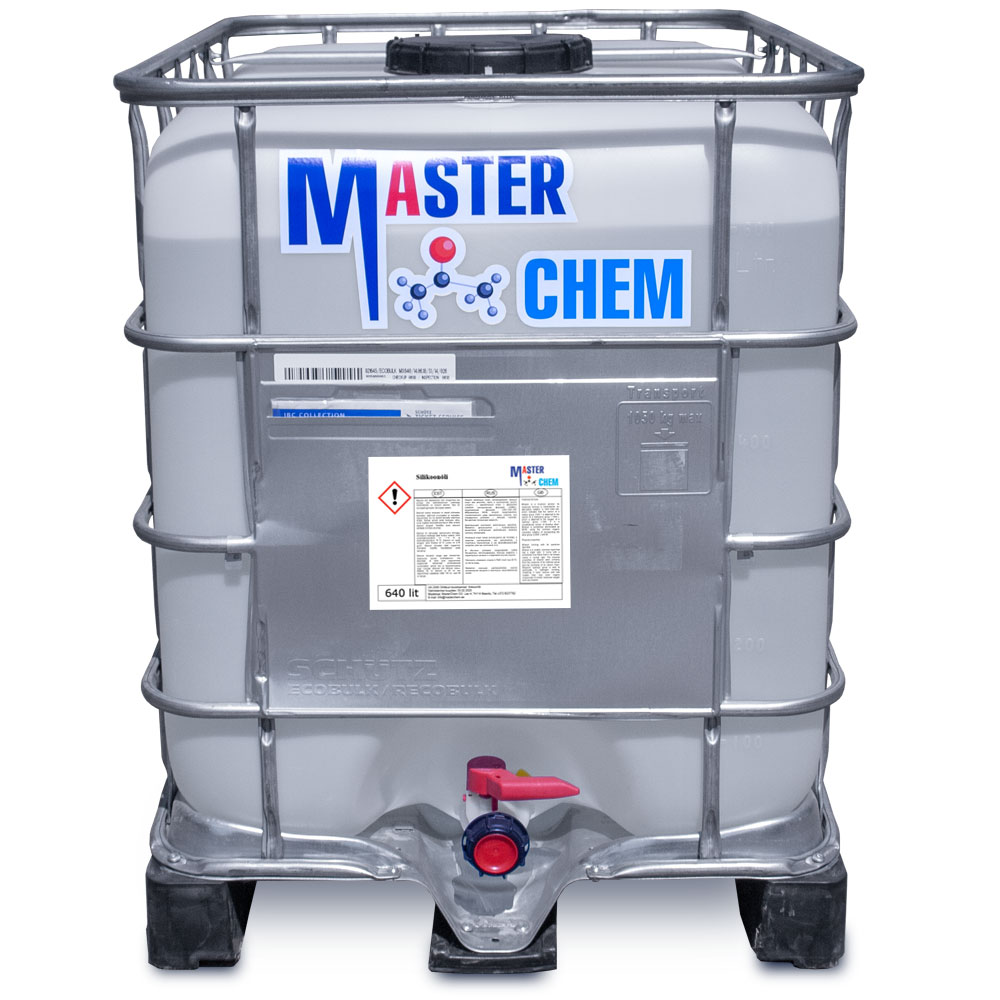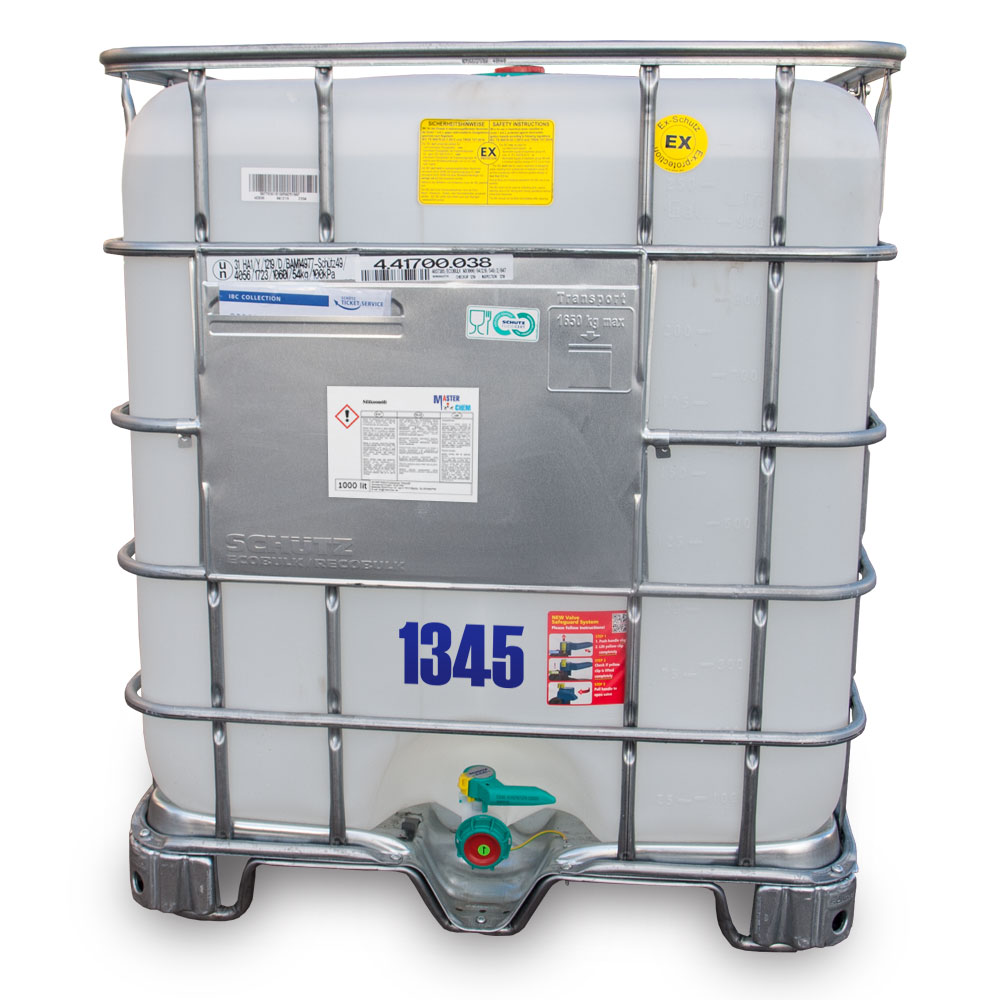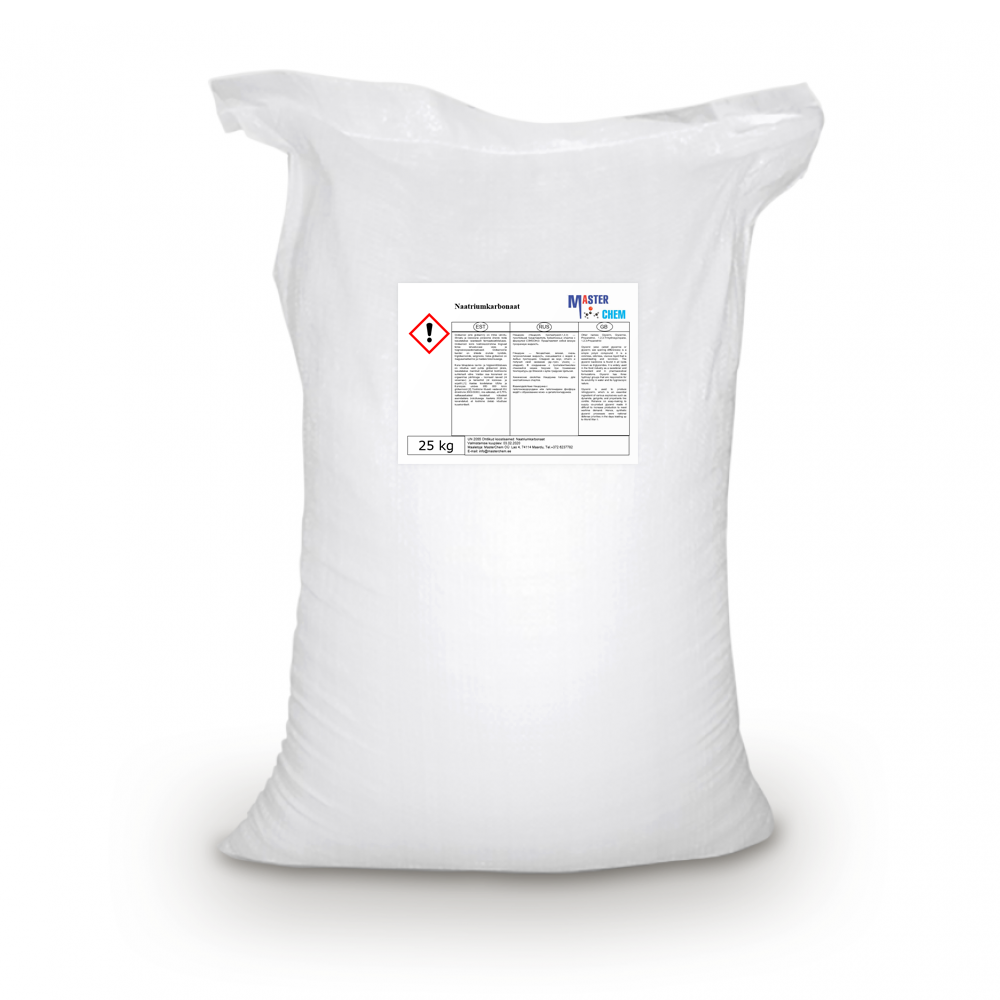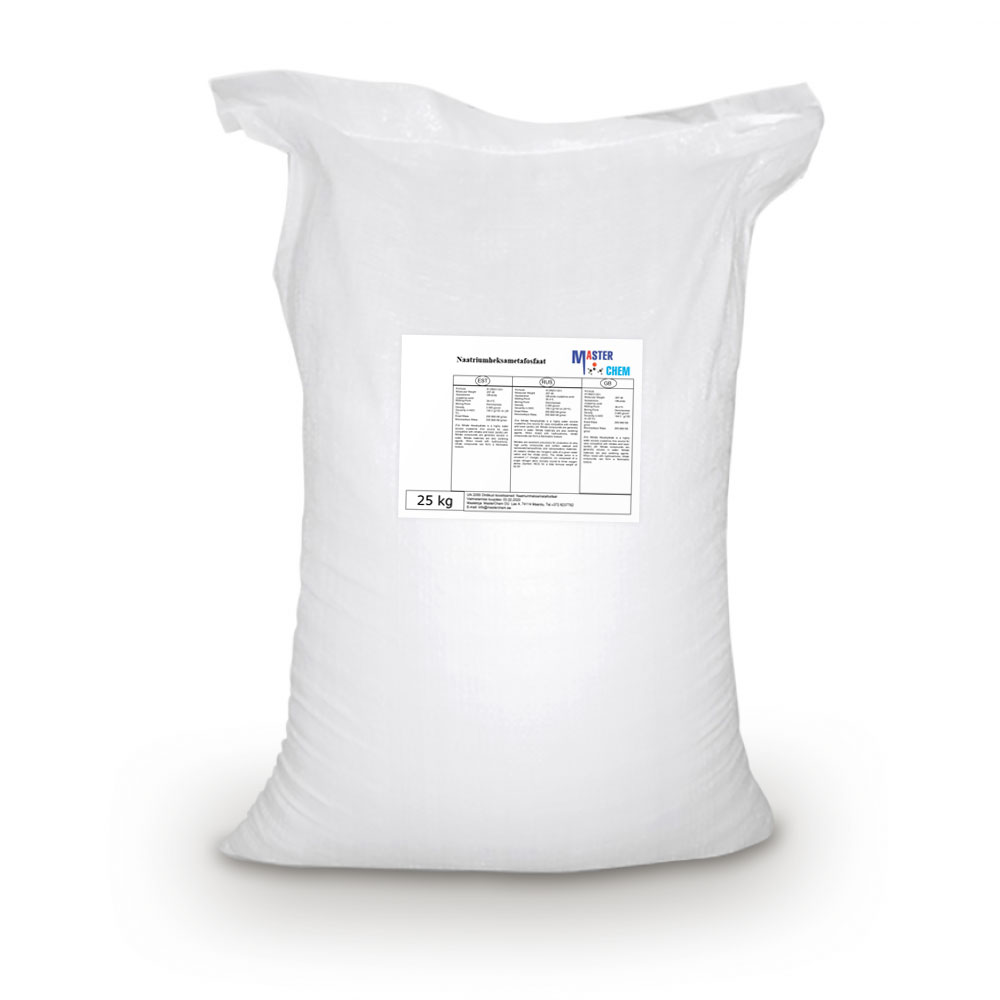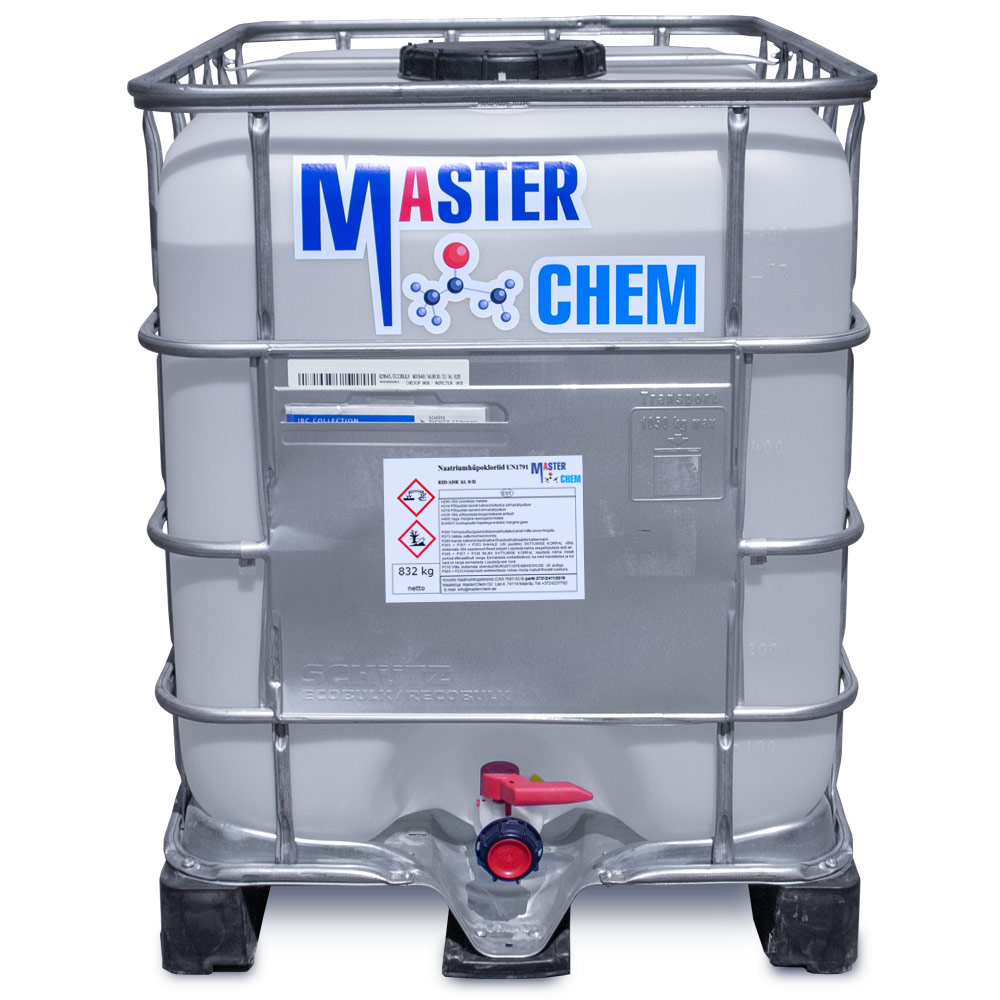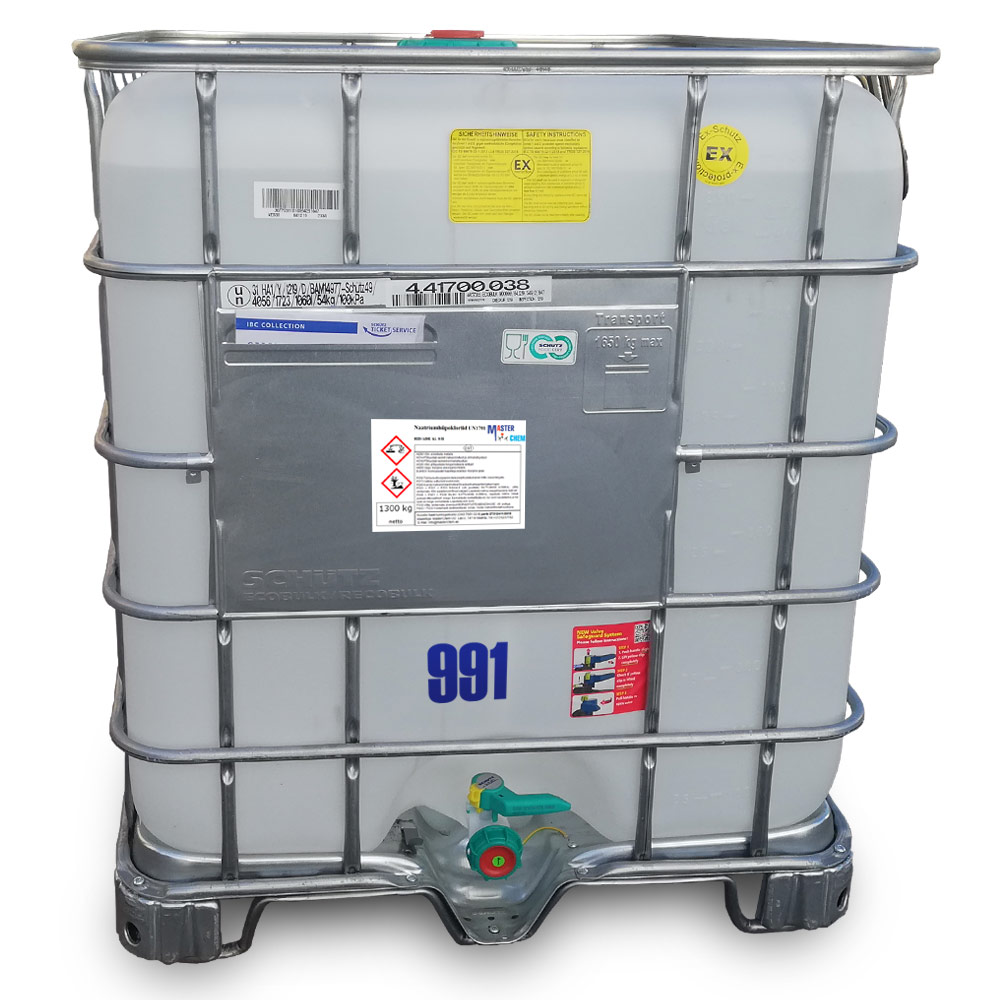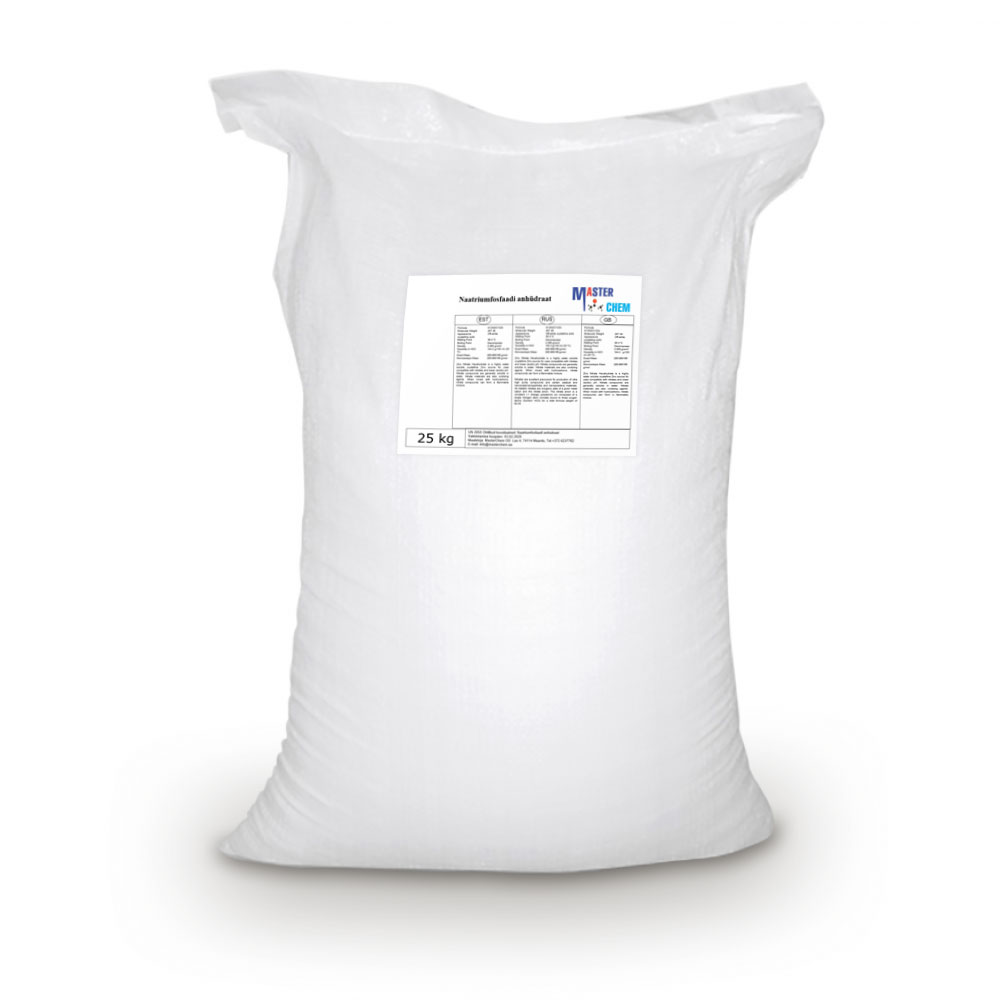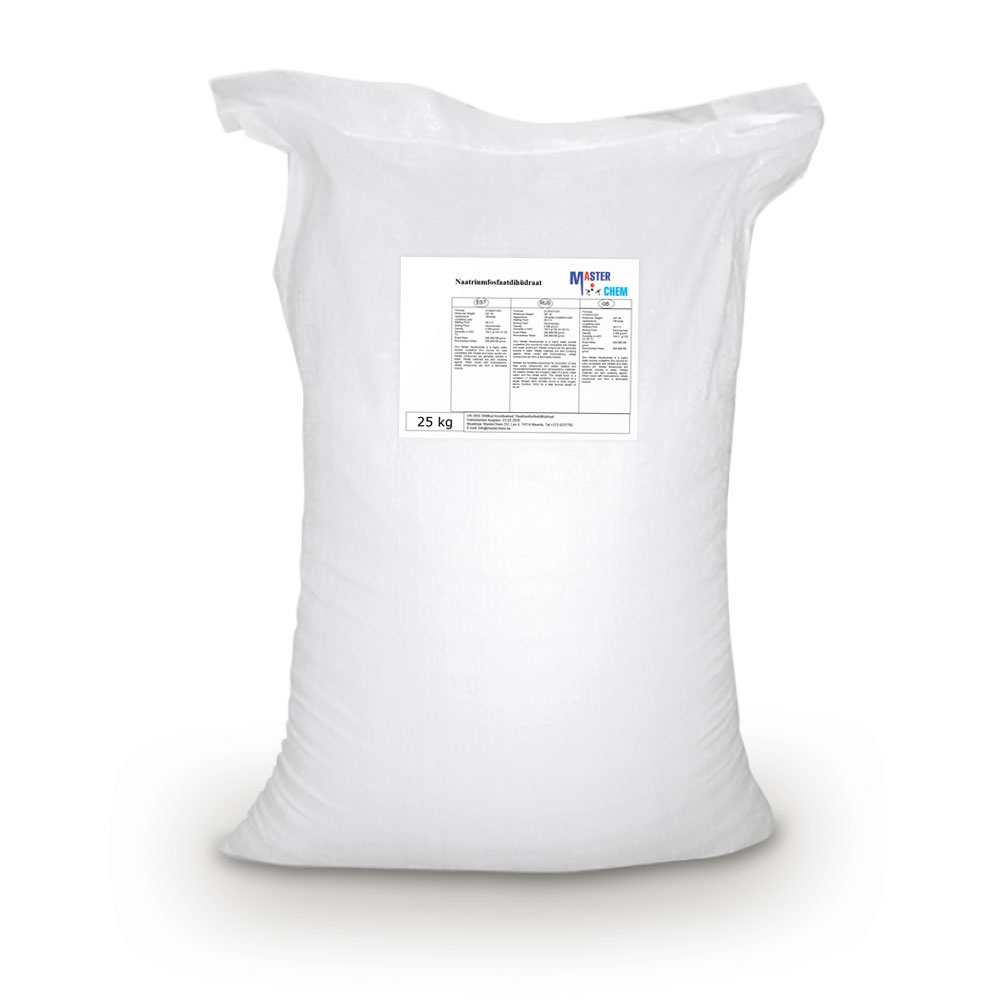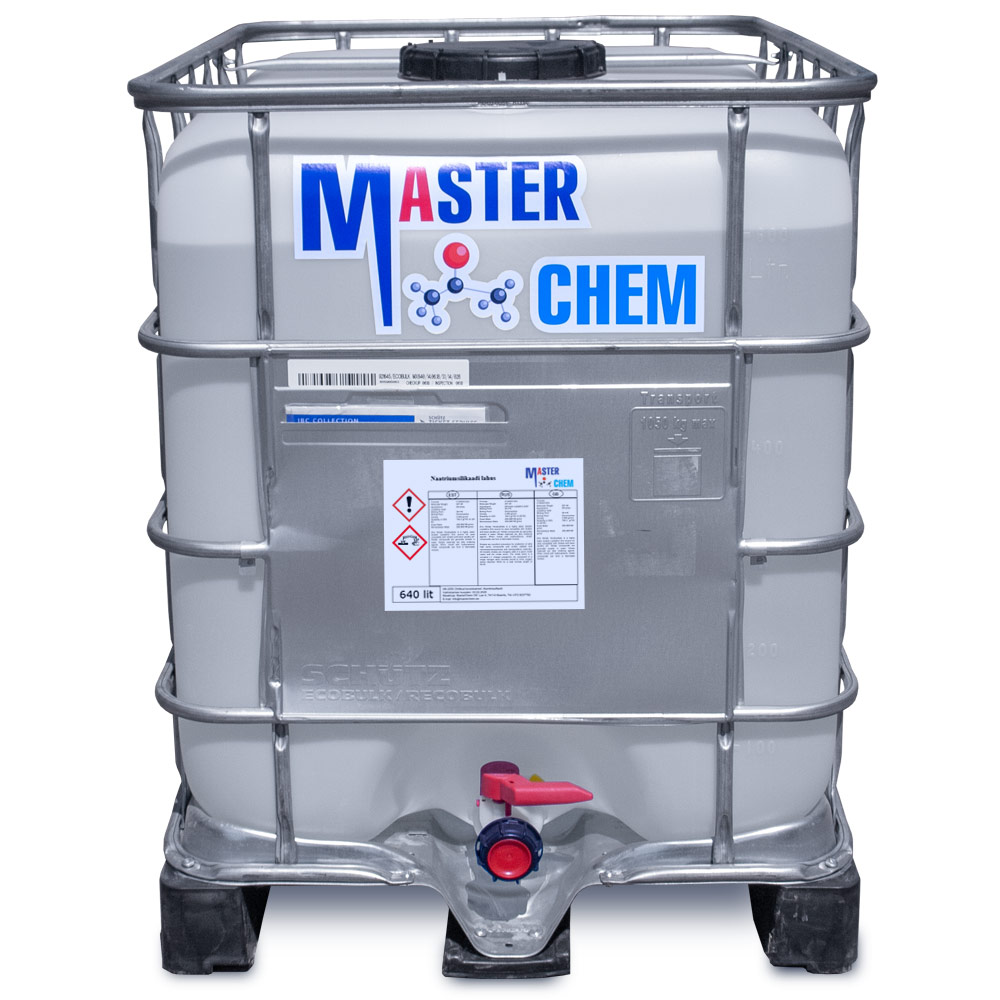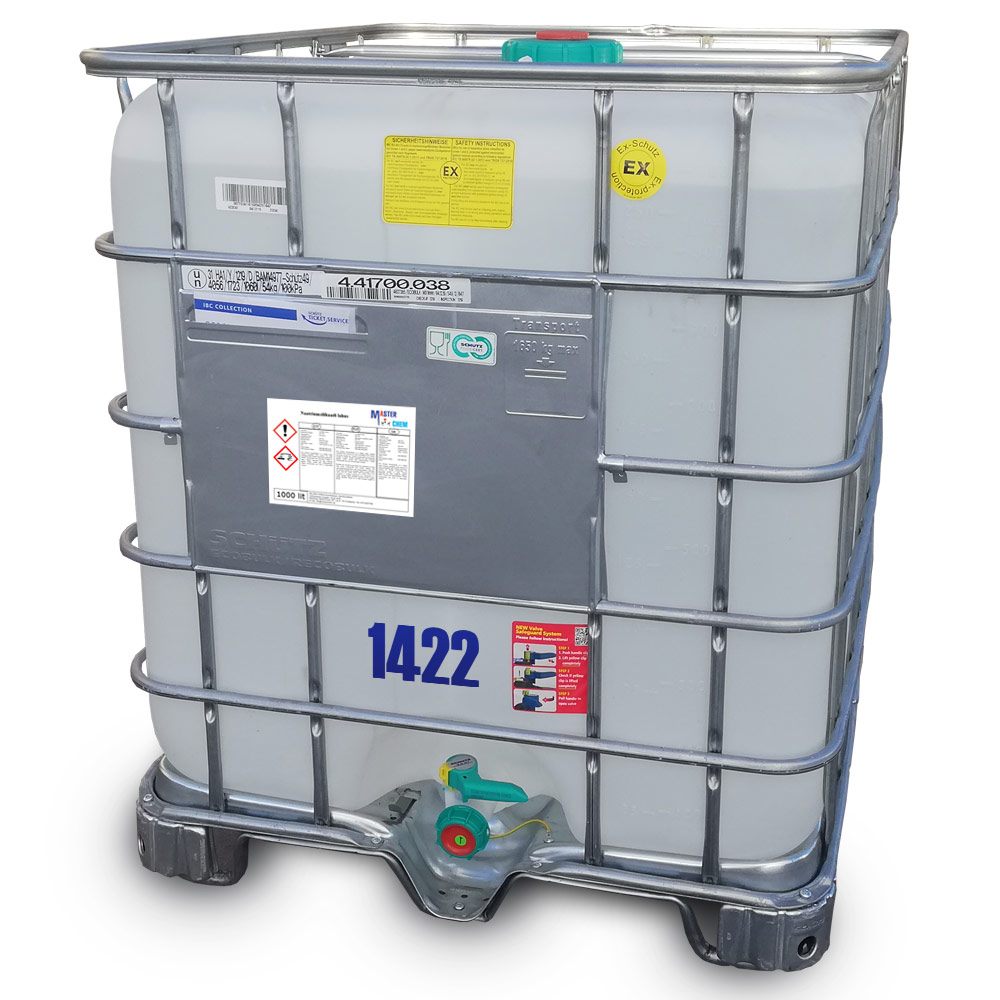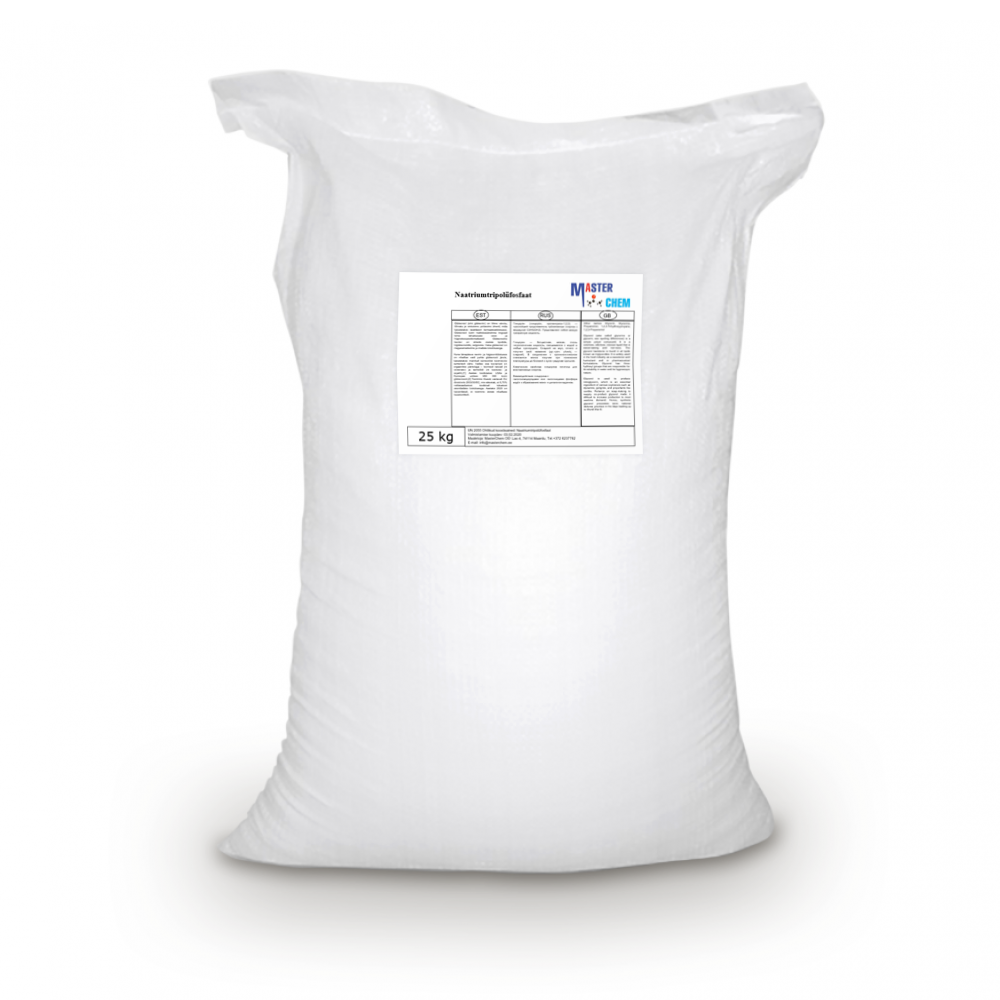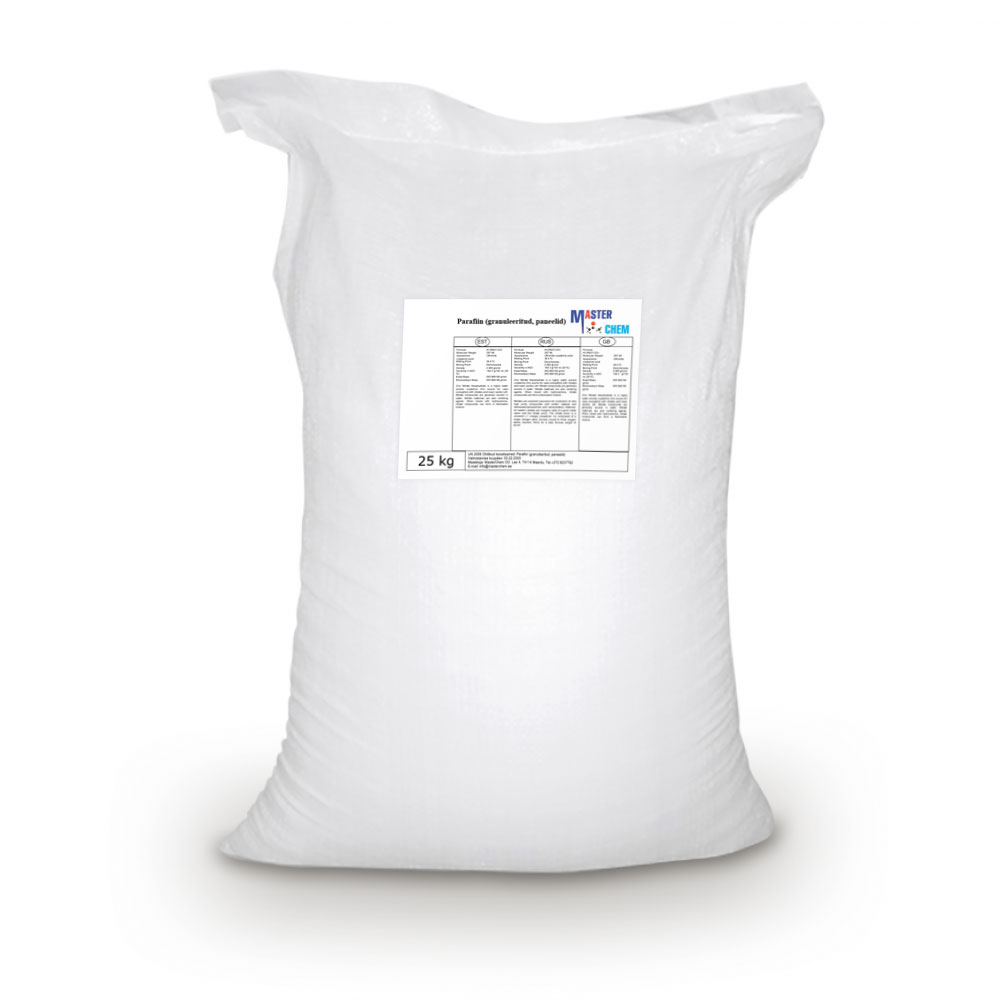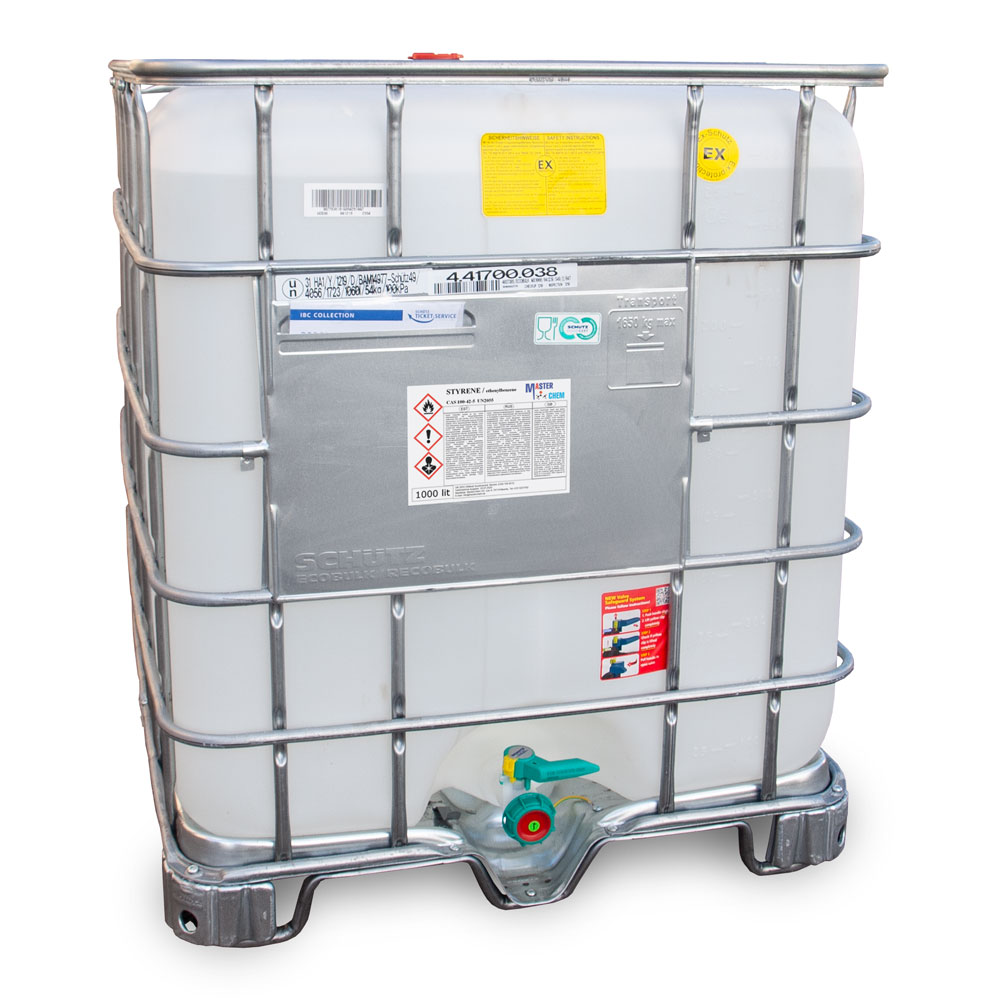Currently Empty: €0.00
Silicone oil (CAS 63148-62-9)
Silicone oil (CAS 63148-62-9)
A silicone oil is any liquid polymerized siloxane with organic side chains. The most important member is polydimethylsiloxane. These polymers are of commercial interest because of their relatively high thermal stability and their lubricating properties.
Silicone oils are primarily used as lubricants, thermic fluid oils or hydraulic fluids. They are excellent electrical insulators and, unlike their carbon analogues, are non-flammable. Their temperature stability and good heat-transfer characteristics make them widely used in laboratories for heating baths (“oil baths”) placed on top of hotplate stirrers, as well as in freeze-dryers as refrigerants. Silicone oil is also commonly used as the working fluid in dashpots, wet-type transformers, diffusion pumps and in oil-filled heaters. Aerospace use includes the external coolant loop and radiators of the International Space Station Zvezda module, which rejects heat in the vacuum of space.
The class of silicone oils known as cyclosiloxanes has many of the same properties as other non-cyclic siloxane liquids but also has a relatively high volatility, making it useful in a number of cosmetic products such as antiperspirant.
Some silicone oils, such as simethicone, are potent anti-foaming agents due to their low surface tension. They are used in industrial applications such as distillation or fermentation, where excessive amounts of foam can be problematic. They are sometimes added to cooking oils to prevent excessive foaming during deep frying. Silicone oils used as lubricants can be inadvertent defoamers (contaminants) in processes where foam is desired, such as in the manufacture of polyurethane foam.
Silicone oil is also one of the two main ingredients in Silly Putty, along with boric acid.
Sodium carbonate (CAS 497-19-8)
Sodium carbonate (CAS 497-19-8)
Sodium carbonate, Na2CO3·10H2O, (also known as washing soda, soda ash and soda crystals) is the inorganic compound with the formula Na2CO3 and its various hydrates. All forms are white, odourless, water-soluble salts that yield moderately alkaline solutions in water. Historically, it was extracted from the ashes of plants growing in sodium-rich soils. Because the ashes of these sodium-rich plants were noticeably different from ashes of wood (once used to produce potash), sodium carbonate became known as “soda ash.” It is produced in large quantities from sodium chloride and limestone by the Solvay process.
Sodium hexametaphosphate (CAS 10124-56-8)
Sodium hexametaphosphate (CAS 10124-56-8)
Sodium hexametaphosphate (SHMP) is a salt of composition Na6[(PO3)6]. Sodium hexametaphosphate of commerce is typically a mixture of metaphosphates (empirical formula: NaPO3), of which the hexamer is one, and is usually the compound referred to by this name. Such a mixture is more correctly termed sodium polymetaphosphate. They are white solids that dissolve in water.
Sodium metasilicate pentahydrate (CAS 10213-79-3)
Sodium metasilicate pentahydrate (CAS 10213-79-3)
Sodium metasilicate is the chemical substance with formula Na2SiO3, which is the main component of commercial sodium silicate solutions. It is an ionic compound consisting of sodium cations Na+ and the polymeric metasilicate anions [–SiO2−3–]n. It is a colorless crystalline hygroscopic and deliquescent solid, soluble in water (giving an alkaline solution) but not in alcohols.
Sodium Phosphate Anhydrate (CAS 7558-80-7)
Sodium Phosphate Anhydrate (CAS 7558-80-7)
Monosodium phosphate (MSP), also known as monobasic sodium phosphate and sodium dihydrogen phosphate, is an inorganic compound of sodium with a dihydrogen phosphate (H2PO4−) anion. One of many sodium phosphates, it is a common industrial chemical. The salt exists in an anhydrous form, as well as mono- and dihydrates.
Phosphates are often used in foods and in water treatment. The pH of such formulations is generally adjusted by mixtures of various sodium phosphates, such as this salt. The sodium chloride equivalent value, or E-Value, is 0.49. It is soluble in 4.5 parts water.
Sodium Phosphate Dihydrate (CAS 13472-35-0)
Sodium Phosphate Dihydrate (CAS 13472-35-0)
Sodium phosphate is a generic term for a variety of salts of sodium (Na+) and phosphate (PO43−). Phosphate also forms families or condensed anions including di-, tri-, tetra-, and polyphosphates. Most of these salts are known in both anhydrous (water-free) and hydrated forms. The hydrates are more common than the anhydrous forms.
Sodium tripolyphosphate (CAS 7758-29-4)
Sodium tripolyphosphate (CAS 7758-29-4)
Sodium triphosphate (STP), also sodium tripolyphosphate (STPP), or tripolyphosphate (TPP) is an inorganic compound with formula Na5P3O10. It is the sodium salt of the polyphosphate penta-anion, which is the conjugate base of triphosphoric acid. It is produced on a large scale as a component of many domestic and industrial products, especially detergents. Environmental problems associated with eutrophication are attributed to its widespread use.
Solid paraffin (granulated, panels) (CAS 8002-74-2)
Solid paraffin (granulated, panels) (CAS 8002-74-2)
Paraffin wax (or petroleum wax) is a soft colorless solid derived from petroleum, coal or oil shale that consists of a mixture of hydrocarbon molecules containing between twenty and forty carbon atoms. It is solid at room temperature and begins to melt above approximately 37 °C (99 °F), and its boiling point is above 370 °C (698 °F). Common applications for paraffin wax include lubrication, electrical insulation, and candles; dyed paraffin wax can be made into crayons. It is distinct from kerosene and other petroleum products that are sometimes called paraffin.
Un-dyed, unscented paraffin candles are odorless and bluish-white. Paraffin wax was first created by Carl Reichenbach in Germany in 1830 and marked a major advancement in candlemaking technology, as it burned more cleanly and reliably than tallow candles and was cheaper to produce.
In chemistry, paraffin is used synonymously with alkane, indicating hydrocarbons with the general formula CnH2n+2. The name is derived from Latin parum (“barely”) + affinis, meaning “lacking affinity” or “lacking reactivity”, referring to paraffin’s unreactive nature.
Talc (CAS 14807-96-6)
Talc (CAS 14807-96-6)
Talc, or talcum, is a clay mineral, composed of hydrated magnesium silicate with the chemical formula Mg3Si4O10(OH)2. Talc in powdered form, often combined with corn starch, is used as baby powder. This mineral is used as a thickening agent and lubricant; is an ingredient in ceramics, paint, and roofing material; and is a main ingredient in many cosmetics. It occurs as foliated to fibrous masses, and in an exceptionally rare crystal form. It has a perfect basal cleavage and an uneven flat fracture, and it is foliated with a two-dimensional platy form.

